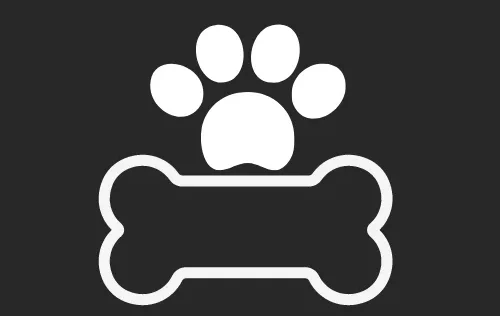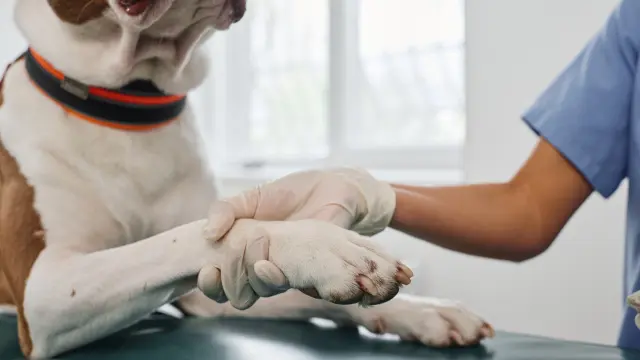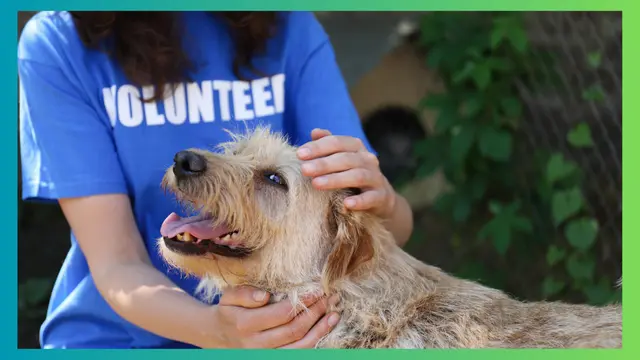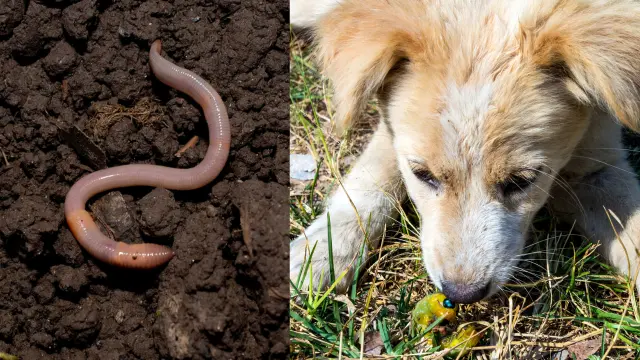How Much Chicken and Rice for Dogs by Weight (kg): A Comprehensive Guide
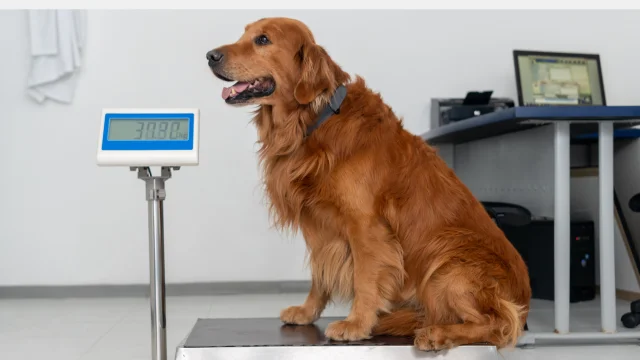
Feeding your dog a balanced diet is essential for their health and well-being. One popular homemade meal option is chicken and rice, often recommended by veterinarians for dogs with digestive issues or as a basic diet. But how much chicken and rice should you feed your dog based on their weight? This guide will help you determine the appropriate portions for your furry friend.
Why Chicken and Rice?
Chicken and rice is a simple, easily digestible meal that provides a good balance of protein and carbohydrates. It’s often recommended for:
- Digestive Issues: Dogs recovering from gastrointestinal upset may benefit from this bland diet.
- Sensitive Stomachs: The easily digestible nature of chicken and rice can be gentler on a dog’s stomach.
- Weight Management: If your dog needs to lose weight, chicken and rice can be a healthier, controlled-calorie option.
Calculating the Right Amount of Chicken and Rice
When determining how much chicken and rice to feed your dog, it’s crucial to consider their weight. A general guideline is to feed 2-3% of their body weight. Here’s a simple breakdown:

Portion Guidelines by Weight
- Small Dogs (up to 5 kg):
- Recommended Portion: 50-150 grams of cooked chicken and rice combined per day.
- Medium Dogs (6-15 kg):
- Recommended Portion: 150-300 grams of cooked chicken and rice combined per day.
- Large Dogs (16-30 kg):
- Recommended Portion: 300-500 grams of cooked chicken and rice combined per day.
- Giant Dogs (over 30 kg):
- Recommended Portion: 500-800 grams of cooked chicken and rice combined per day.
Daily Feeding Example
For a 10 kg dog:
- Total Daily Portion: Approximately 200-300 grams of the chicken and rice mixture.
- If using a 50:50 ratio, you would feed 100-150 grams of chicken and 100-150 grams of rice.
Preparing Chicken and Rice for Dogs
Ingredients
- Chicken: Skinless, boneless chicken breast or thighs.
- Rice: White or brown rice (white rice is usually easier to digest).
- Water: For cooking.
Cooking Instructions
- Cook the Chicken:
- Boil the chicken in water until fully cooked (internal temperature should reach 75°C/165°F).
- Remove the chicken from the pot and let it cool before shredding it into small pieces.
- Cook the Rice:
- Rinse the rice under cold water.
- In a pot, combine rice and water (usually a 1:2 ratio of rice to water), and cook according to package instructions until fluffy.
- Combine:
- Mix the shredded chicken with the cooked rice in a bowl. Ensure the mixture is well-combined.
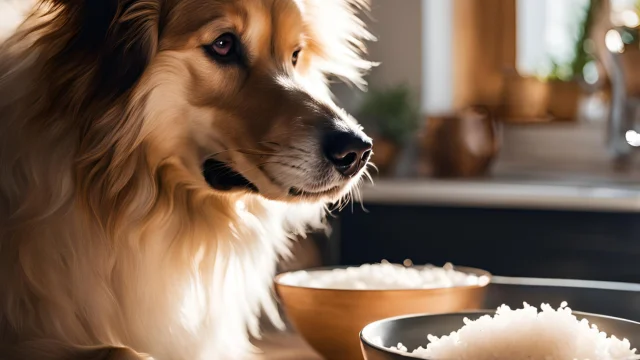
Storage Tips
- Refrigerate: Store leftover chicken and rice in an airtight container in the refrigerator for up to 3-5 days.
- Freeze: You can freeze portions in meal-sized containers for up to 3 months.
Important Considerations
Consult Your Veterinarian
Before making any significant changes to your dog’s diet, especially if they have health issues, consult your veterinarian. They can provide personalized recommendations based on your dog’s specific needs.
Monitor Your Dog’s Weight
Keep an eye on your dog’s weight and adjust portion sizes as needed. If your dog is gaining or losing weight unexpectedly, revisit their feeding routine and consult your vet.
Additions and Variations
You can add vegetables like carrots or peas to the chicken and rice for added nutrients, but ensure they are dog-safe. Avoid adding seasonings, oils, or spices that could upset your dog’s stomach.
Conclusion
Feeding your dog chicken and rice can be a healthy, simple solution for their diet, especially for dogs with digestive issues. By following the portion guidelines based on your dog’s weight and preparing the meal correctly, you can ensure they receive the right nutrients. Always consult your veterinarian for personalized advice and adjustments to your dog’s diet.
Frequently Asked Questions (FAQs)
Can I feed my dog chicken and rice every day?
While chicken and rice can be a nutritious meal, it should not be the only food you provide long-term. A balanced diet should include a variety of protein sources, grains, and vegetables.
How do I know if my dog likes chicken and rice?
Observe their reaction when you first introduce the meal. If they eat it enthusiastically, it’s likely they enjoy it. If they refuse to eat, consider mixing in a small amount of their regular food to encourage acceptance.
What should I do if my dog has allergies?
If your dog has known food allergies, consult your veterinarian before introducing new foods. Chicken and rice may not be suitable for all dogs, particularly those with chicken allergies.
